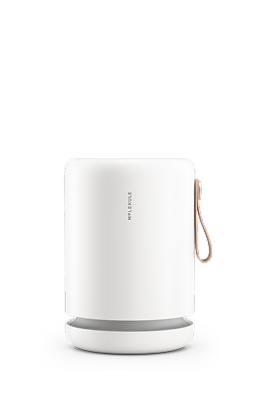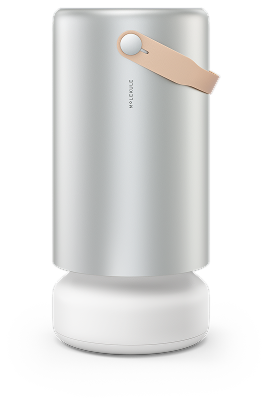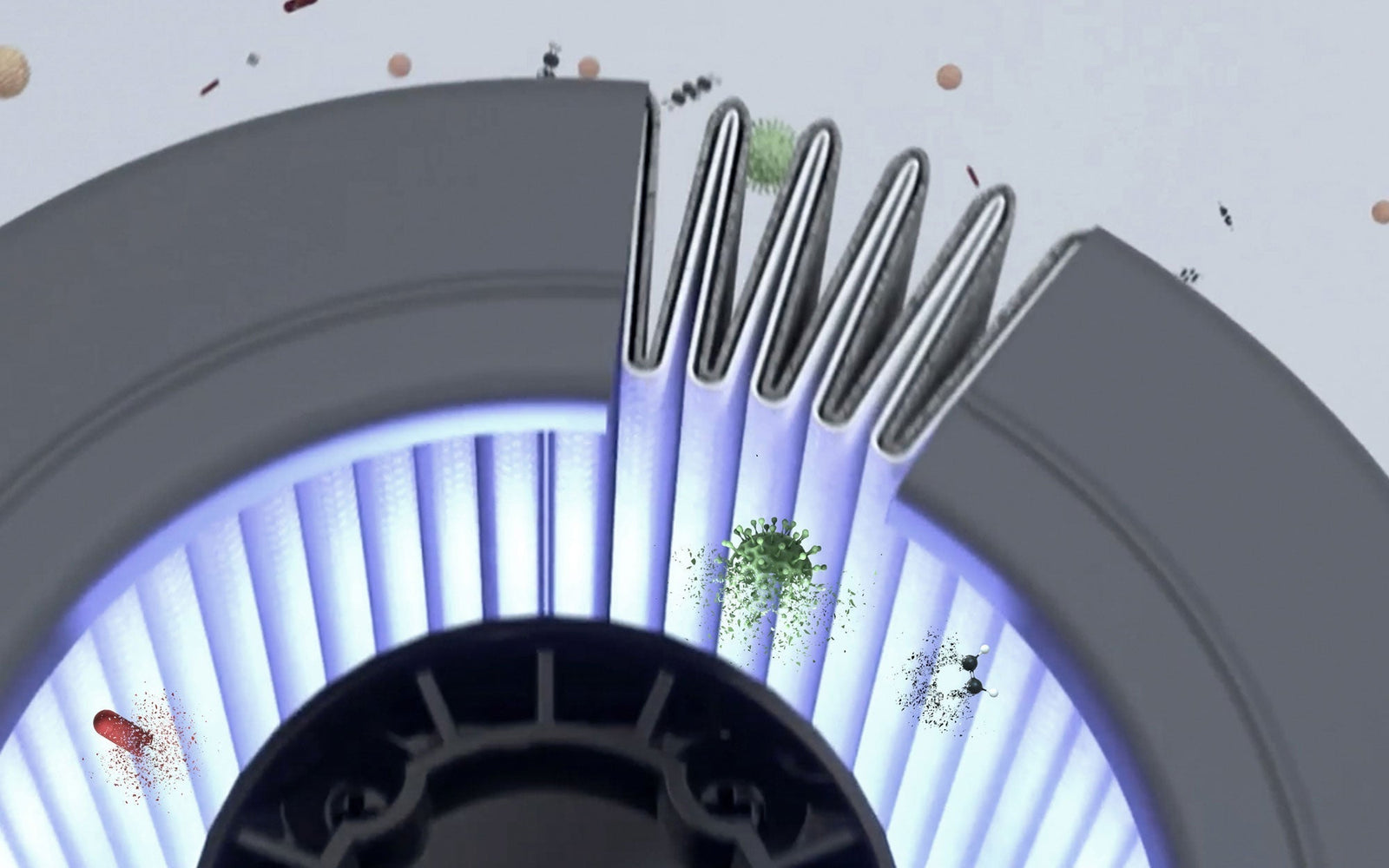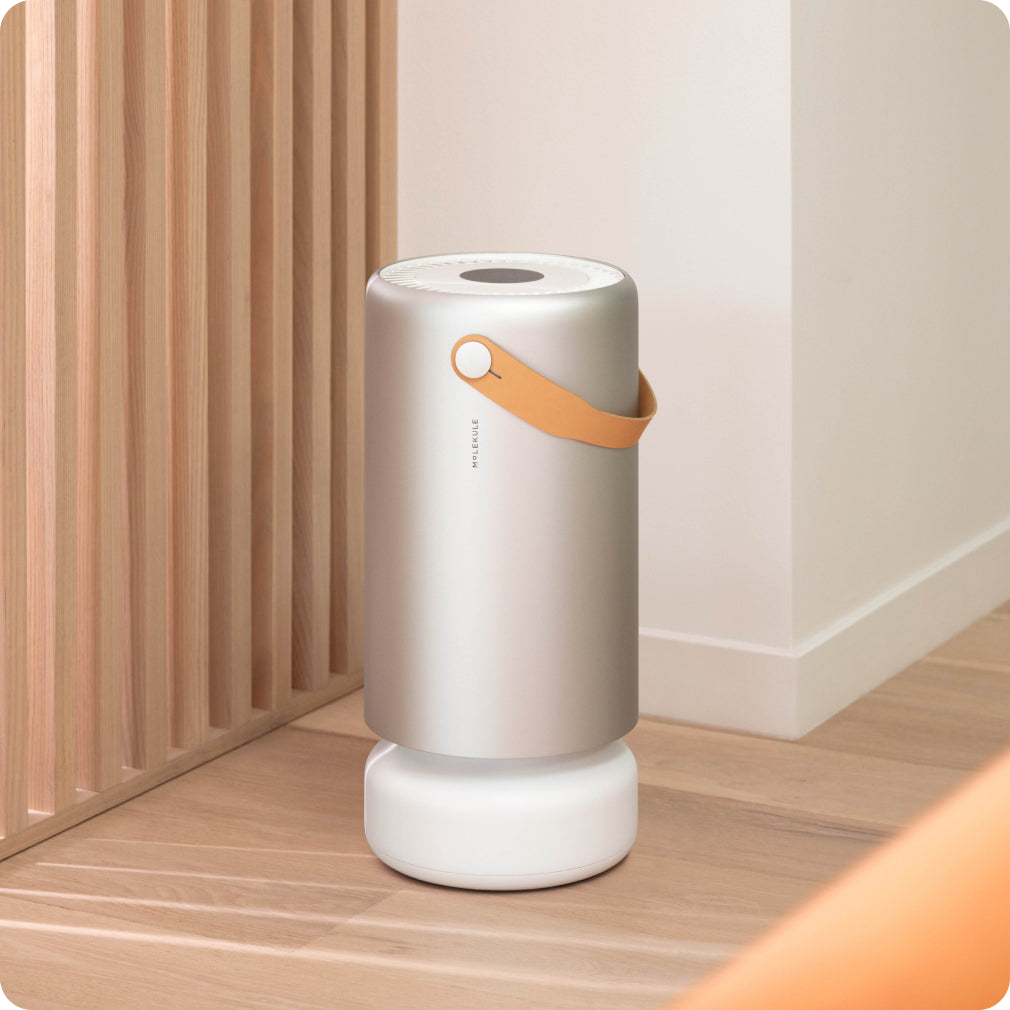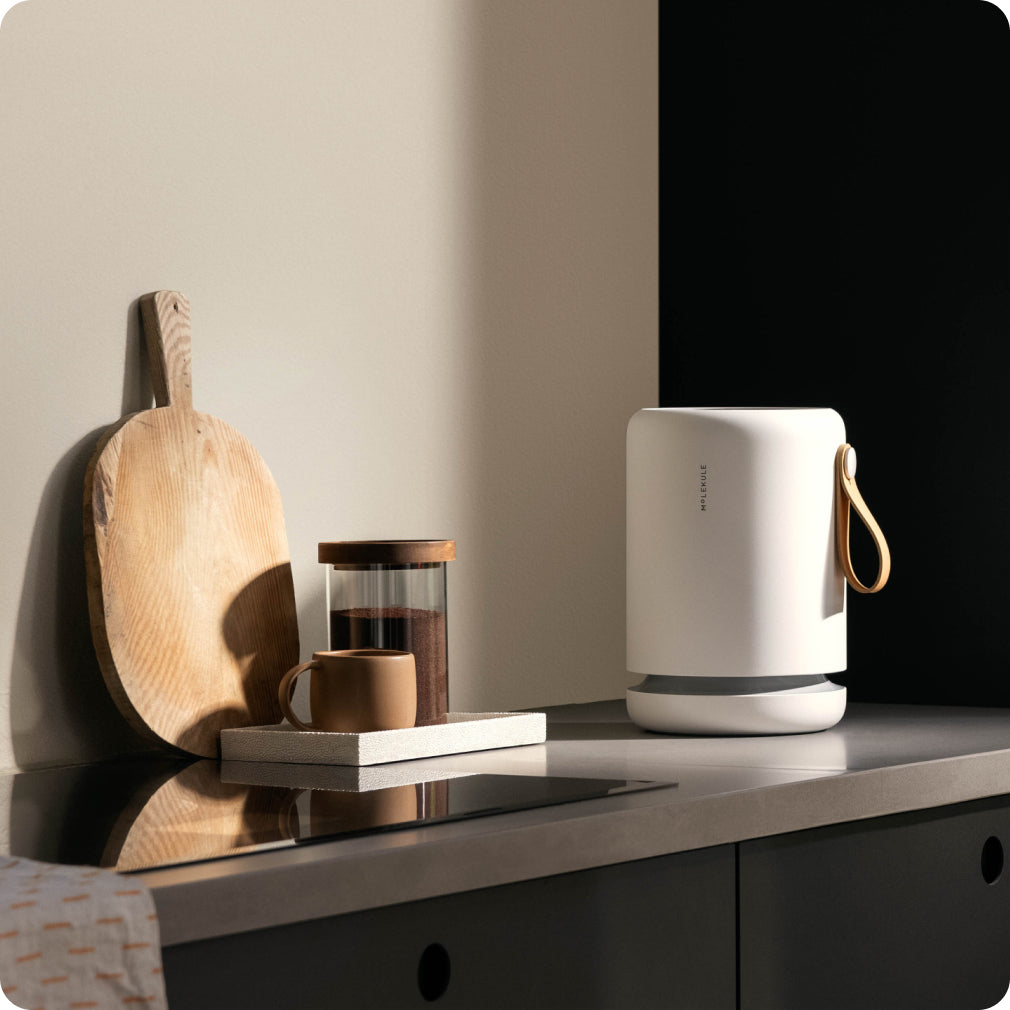Updated as a response to Wirecutter’s June 10, 2020 article.
Wirecutter continues to create a narrative that does not exist. They have grossly misrepresented the intent and the conclusion of the NARB ruling, which was initiated by Dyson in the spring of 2019. This is not a new tactic for Dyson. You can read more about their aggressive behavior here, here, here, and here for example.
We have contacted Wirecutter multiple times, provided them accurate information on the company, offered unlimited lab space to test the technology properly, gave them the same testing detail we provided the U.S. Food and Drug Administration on our technology for Class II medical device clearance of our Air Pro RX device, and have even flown to New York to meet with them in person to discuss our technology. Additionally, Molekule’s devices meet the applicable performance criteria in the FDA’s recent guidance for use in helping reduce the risk of exposure to SARS-CoV-2 in healthcare settings during the pandemic, yet this is a story they refuse to tell their readers. How they continue to withhold valuable information regarding PECO technology and its effectiveness from their readers is appalling. It leaves one to ask what their true motives are and who they are being influenced by in sensational coverage of this nature.
As we have long stated, the NARB ruling clearly states that Molekule has properly supported the claims that our revolutionary nanotechnology destroys pollutants at the molecular level; that our technology is effective to address air pollution; that our technology will break down even the smallest of allergens, like pollen, dust mites and dander; and importantly that our technology successfully destroys VOCs, mold, bacteria and viruses.
Here is an outline of the misleading information Wirecutter continues to spread:
“Among them, the company agreed to remove all references to “independent testing” of the Molekule MH1 (also known as the Molekule Air) because the NAD investigation found that much of the research was done either at a lab where Molekule’s founder is a director or at a lab that the company sponsors.”
- Update: This statement is factually inaccurate. We only agreed to remove references to “independent testing” with respect to certain tests conducted at the University of South Florida Clean Energy Research Center. Additionally, any test that was in question by the NAD was again conducted by independent labs, which remain available on our site here.
“…the company no longer stands by many of the promises it had advertised to customers since the first retail MH1 unit shipped in early 2017.”
- Update: This is incorrect. We absolutely stand by the claims of Molekule Air (MH1), as does the NARB, and have continued to back it up with significant independent, third-party tests which remain on our site here.
“The appeal was heard by the National Advertising Review Board, an 86- member group of ad-industry professionals.”
- Update: This is factually inaccurate and misleading. The NAD/NARB operates as a self-regulatory forum in which advertisers can seek to resolve disputes over allegedly unsubstantiated advertising claims. The appeal was heard by a panel of 5 members from the National Advertising Review Board.
“It will no longer use the word “eliminate” (let alone “completely eliminate,” as originally stated) when describing the MH1’s performance on allergens, bacteria, viruses, mold, and VOCs.”
- Update: This is extremely misleading journalism. Molekule is permitted to say that its technology destroys allergens, bacteria, viruses, mold and VOCs. NARB objected to the term ‘eliminate’ as they felt ‘eliminate’ could be misunderstood.
“It must specify that many of its claims refer not to the MH1 air purifier itself but only to the underlying PECO technology.”
- Update: This is extremely misleading journalism. The claims on our website, packaging, in our ads, etc., currently, and have, reflected the appropriate claims for MH1. There were certain tests completed on our underlying technology. Those tests have also been done with device specific tests. All of our tests show that our devices are capable of destroying pollutants. This is misleading to the intent of the NARB decision.
“It cannot claim that the MH1 completely replaces the air in a 600- square-foot room once every hour (and even that is far below the four air changes per hour we recommend).”
- Update: This is extremely misleading journalism. As with the claim above, they simply asked us to remove the word ‘completely’.
“It must stop claiming that HEPA filters breed bacteria and mold and release them back into the air, can’t capture viruses, and don’t trap particulates smaller than 0.3 microns—because none of that is true.”
- Update: This is extremely misleading journalism. The NARB specifically agreed that the following statement was properly supported: “Until now, air purifiers have attempted to collect pollutants on filters where they can multiply and be released back into the air.”
“NARB reversed the original NAD decision on just two small points: Molekule is still allowed to say, vaguely, that the MH1 “can address bioaerosol and VOC pollution” and that its “revolutionary nanotechnology destroys pollutants at the molecular level.” Neither claim has ever been in dispute. What has been in dispute is how well it does those things, especially in real-world conditions. Most of Molekule’s testing, as revealed by its own evidence submitted to NAD, was done in tiny lab chambers using its PECO filters alone—not the MH1 purifier itself.”
- Update: This is extremely misleading journalism. The NAD only looked at certain testing as of the time of the case, more than a year ago, when the case was brought about by Dyson. The NARB validated our use of multiple testing methods and, additionally, we have conducted multiple tests since that time that have continued to show the effectiveness of our technology. Multiple accredited, independent labs have long verified the effectiveness of our device in real-world settings. Wirecutter just refuses to report on that and relies on a simple particle-capture test of a few matches burning designed for traditional filters, despite admitting they do not have the technology to test PECO technology’s effectiveness at destroying a wide range of pollutants.
“Perhaps most notably, in its final recommendation in the appeal report, NARB wrote that Molekule’s long-standing claim to be “Finally, an air purifier that actually works,” is not supported and should be discontinued.”
- Update: This is extremely misleading journalism. The NARB was considering whether the use of “finally” could imply that we were the only air purifier that actually works, not whether or not our device is effective.
Original response from February 27, 2020
The most recent report from Wirecutter is both misleading about the NAD process, and flat out wrong.
Firstly, this article is an out of date assessment of Molekule’s claims. While this is an ongoing legal matter, there is strong evidence to show that our core claims will be vindicated and upheld. Additionally, it’s important to note that Dyson initiated this proceeding with the National Advertising Division (NAD) to undermine the proven power of Molekule’s PECO technology, as they frequently do with new competitors in the space.
We also have ample testing to back up our claims regarding our technology. Just this week we released testing on our devices conducted in room chambers by Lawrence Berkeley National Laboratory and Intertek, nationally recognized testing laboratories.
In this testing with the leading experts in Indoor Air Quality testing, our devices were shown to perform on both particulate matter and VOCs. Remember, these labs are accountable to the science, not the company.
Wirecutter’s report conveys a number of misleading statements about what the NAD process is about, and what was at issue in their report.
The NAD process is not about disputing the scientific validity of our claims. It is a process of interpreting various pieces of marketing copy and determining if the testing we had available at the time was reasonable substantiation.
In this regard, the NAD process does not take into account additional testing done subsequently. For example, the cited tests from Lawrence Berkeley National Laboratory and Intertek were not taken into account, nor any other recent testing, even though they substantiate or directly meet the NAD’s criteria.
The key area we agreed to change our claims was in regards to statements where we said things like “completely eliminates” pollutants. NAD’s interpretation of this is that it implies we can make rooms completely sterile, as opposed to our intent, which is that we actually destroy pollutants captured by our device in comparison to collection. This is important because there is potential risk of re-exposure in the case of simple collection.
Despite this, in accordance with the testing from LBNL and Intertek, we have shown to be effective in the capture and destruction of pollutants with our devices in real world room size scenarios.
In fact, this is why we agreed to remove our previous quantified destruction claims. Like HEPA filter testing, we started our company with testing our claims against what the filter technology was able to do. HEPA claims of 99.97% particulate removal are tested against the filter, and not the device. Our original tests started here.
However, we didn’t stop there. We have subsequently also tested the actual devices with some of the best experts in the world, according to international standards established for device level testing in room situations. We felt it was not necessary to dispute in our appeal the filter level testing applying to the device for quantified claims (as it does for HEPA), since we had newer and better results to share.
We are not surprised that Wirecutter has misconstrued the facts. They have done this in the past. See our full video response below. It is clear they are not interested in seeing innovation when it comes to the air we breathe. By their own logic better air purification would mean bigger fans and bigger filters. We believe that is not enough when it comes to the emerging concerns of airborne chemicals, airborne viruses, and much more.
Our critics will not stop because of their interests. But we will keep working with top scientists in the field to verify our technology and continue to advance it. We will keep publishing in peer reviewed journals and appearing at scientific conferences with our most recent results.
And we will keep speaking about it to the public, while publishing test results for all to see. Because that’s how science works.
You can read the Molekule Air Effectively Eliminates Common Volatile Organic Chemicals (VOCs) and Ozone in a Room-Sized Environment report from Lawrence Berkeley National Laboratory here.
You can see detailed particle capture data on Molekule Air and Molekule Air Mini in these reports from Intertek, the Nationally Recognized Testing Laboratory.
We have also made some of our science-based laboratory testing available in this video series:
